Full name Richard Newland Bowling style unknown (underarm) Name Richard Newland | Batting style left-handed (LHB) c.1740 – c.1760 Slindon Cricket Club Role Racehorse trainer | |
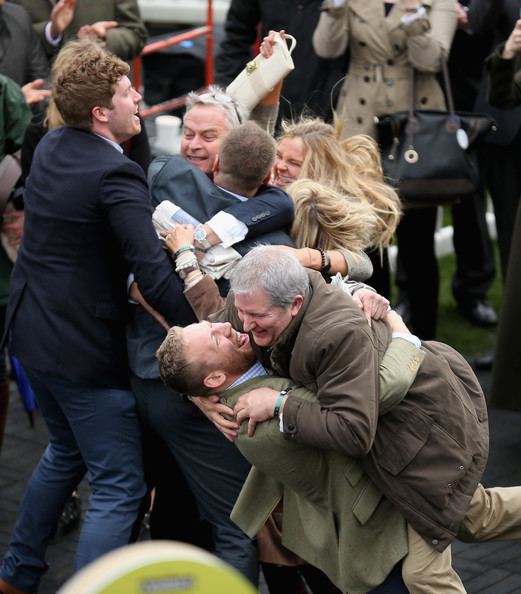 | ||
Born 1713 Slindon, Sussex, England Died 1778 (aged 64–65)
England | ||
Masterminded: Dr Richard Newland
Richard Newland (1713–1778) was an English cricketer in the mid-Georgian period who played for Slindon Cricket Club and Sussex under the patronage of Charles Lennox, 2nd Duke of Richmond. He also represented various All-England teams. Newland made 26 known appearances from 1741 to 1751: 18 in first-class and 8 in single wicket matches.
Contents
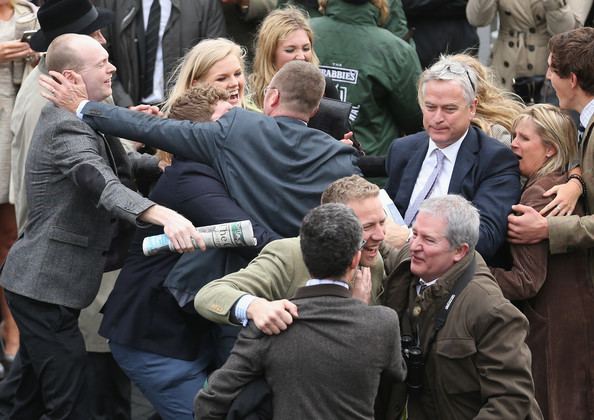
Family
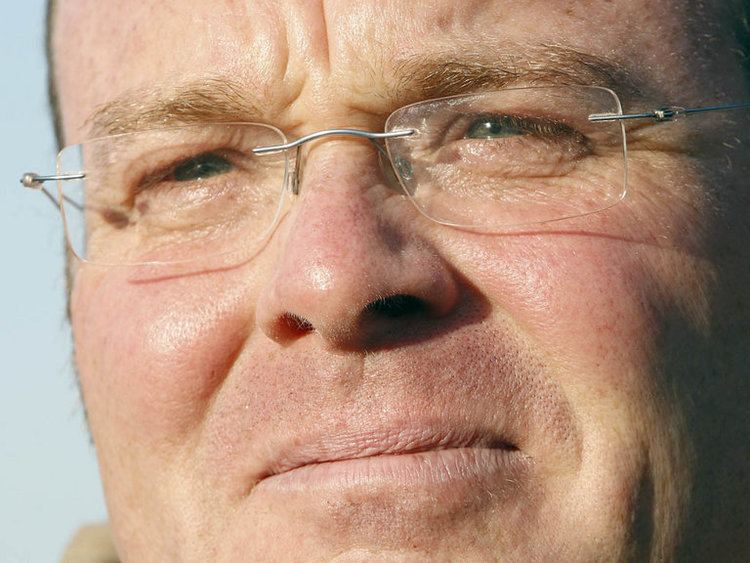
Born 1713, Slindon, Sussex, two of his brothers, John (born 1717) and Adam (born 1719), played for Slindon but little is known of them apart from what appears in the match reports. The Newland brothers were the uncles of Richard Nyren, who later became the team captain at Hambledon. Their sister Susan married Richard Nyren senior of Eartham, which is near Slindon.
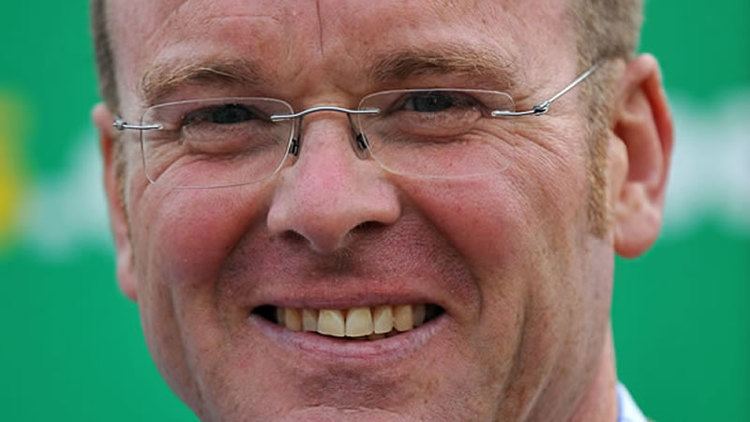
The earliest recorded mention of the Newland brothers is in a letter dated Thursday 9 July 1741 from the Duchess of Richmond to her husband. She mentions a conversation with John Newland re a Slindon v East Dean match a week earlier at Long Down, near Eartham, Sussex.
Career
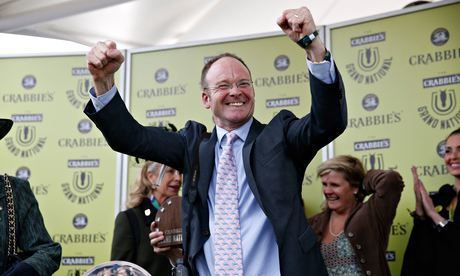
In the 1740s, Richard Newland was arguably "the most famous player in England". He was a batting all-rounder and the earliest known left-handed player in cricket history. His bowling style and pace are unknown but, like all bowlers during his career, he used the underarm style. He excelled at both single wicket and the eleven-a-side game.
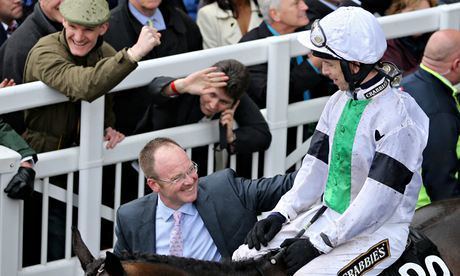
Newland's career must have begun in the 1730s but there is no mention of him in the sources during that decade. He relied for his opportunities on the 2nd Duke of Richmond, who patronised the Slindon team which eventually became representative of Sussex as a county. This was emphasised in a noted match against Surrey at Merrow Down in September 1741 when, according to Richmond's letters, "poor little Slyndon" beat Surrey "almost in 1 innings".

There are references in 1742 to "the Sussex Man from Slending" and "the noted bowler from Slendon", although it is not certain that Richard Newland was one or both of these great players. At the end of the 1742 season, Slindon played two matches against London at the Artillery Ground but lost them both, the second by a huge margin. In the first, several wagers were laid that one Slindon batsman, almost certainly Richard Newland, would obtain forty runs from his own bat – a feat he failed to perform.
In July 1743, the six players in a threes match between All-England and Kent at the Artillery Ground were stated to be "the best in England". Newland captained All-England, but Kent won by 2 runs before a crowd estimated at 10,000.
By 1744, Newland had begun a rivalry with Robert Colchin (aka Long Robin), who organised a number of games between his own team and one picked by Newland. Slindon defeated London in June 1744 by 55 runs, its team including Newland, his brother Adam and two other noted Sussex players Aburrow and Ridgeway. However, the team contained given men including the great Addington player Joe Harris. The match is now famous because Richmond created what has become the world's oldest surviving scorecard.
Two weeks later, Newland played for All-England against Kent at the Artillery Ground. In Cricket, An Heroic Poem (1745) by James Love, which commemorated the match, Newland is described as "the champion", a sobriquet later applied to W G Grace. Kent captain Lord John Sackville is reported to have held a remarkable catch in the second innings to dismiss Newland, who was the top scorer in the match with 18* and 15.
After Slindon beat London again in September 1744, Richmond issued the audacious "Slindon Challenge" to play "any parish in England". The only teams to accept were Addington, which featured Tom Faulkner and the Harris brothers, and Bromley, famous for Colchin, Durling and the Bryant brothers. Sadly, details of the two challenge matches are lost. It is believed they were both rained off.
There are few mentions of Slindon in 1745 or 1746 and Newland can be found playing for All-England or leading his own team, usually in opposition to Colchin's team. In July 1745, he scored what was then a massive 88 for All-England against Kent at the Artillery Ground. It is not absolutely certain that he did this in one innings and it may have been his match total but, giving him the benefit of the doubt, it is the highest individual innings recorded during cricket's pioneering period (i.e., to 1763).
By 1747, single wicket had superseded the 11-a-side version as the most popular form of cricket and the 1748 season was the halcyon days of single wicket. Richmond made the most of it and his Slindon fives and threes were a regular feature of the great matches at the Artillery Ground. However, Newland did not always captain his team in 1747. There was a threes match in September in which he was again opposed by his rival Colchin, but the captaincy of his side had been given to Stephen Dingate, who was a regular fixture in Richmond's teams at this time. This could be evidence that Newland was past his best. In July 1747, he seems to be reconciled with Colchin because for the first time they played on the same side but, significantly, it was Long Robin's XI that Newland was playing for. In 1749, Newland was a member of an All-England team captained by Colchin.
Newland's last known appearances were in 1751, the year after Colchin and then Richmond had died. He played in two matches for All-England against Kent and was on the winning team both times. Now 38, it can be assumed that, like Sussex cricket in general after the death of Richmond, he faded from the scene. It is likely that he retired to Slindon where he farmed his land and taught his nephew Richard Nyren to play cricket. He died in 1778.
